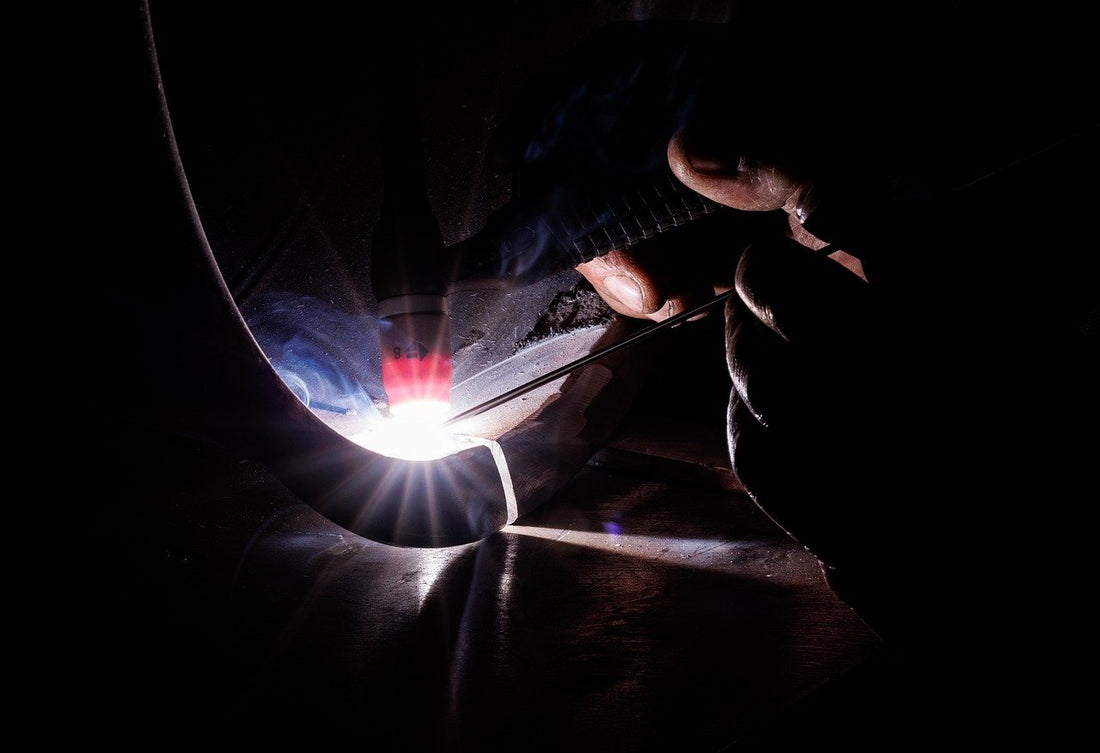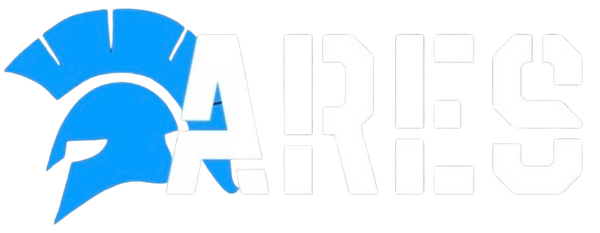
How does TIG Welding Work?
The TIG Welder: A Look at Its Essential Components
TIG welding, known for its clean and precise welds, relies on a specialized machine to create the intense heat and controlled environment necessary for its success. Unlike its MIG counterpart that utilizes a consumable electrode wire, TIG welding employs a non-consumable tungsten electrode and a separate filler rod (if needed). But what exactly makes a TIG welder function? Let's dive into the key components behind TIG welding.
1. Power Source: The Heart of the Operation
The TIG welder's power source is the central unit, responsible for supplying the current needed to initiate and maintain your welding arc. It allows you to control the amperage, which determines the heat input into the metal. Different TIG welders offer varying amperage ranges, so choosing one suitable for the thickness of the material you plan to weld is crucial.
2. Tungsten Electrode: The Spark
This thin rod serves as the core element that initiates and maintains your arc. Made of tungsten, a metal known for its incredibly high melting point, the electrode itself doesn't melt during welding. Lanthanated tungsten electrodes are a popular choice for beginners due to their ease of use and stability. The diameter of the electrode should be chosen based on the material thickness and desired weld width.
3. TIG Torch: The Conductor of the Arc
The TIG torch is the tool that houses the tungsten electrode and directs the shielding gas towards the weld zone. It typically consists of:
- Electrode Collet: This secure clamp holds the tungsten electrode firmly in place inside the torch.
- Gas Lens: This nozzle dispenses the shielding gas from your torch
- Cup: A ceramic or glass fitting that directs thn shielding gas around your tungsten and surrounding weld pool
- Torch Body: This insulated housing contains the electrical cables that carry current to the tungsten electrode.
- Back Cap: Houses the back of your electrode

4. Shielding Gas System: Protecting the Pool
Contamination from oxygen and nitrogen in the surrounding air can significantly weaken a weld. The shielding gas system plays a vital role in preventing this. A constant flow of inert gas, typically pure argon, is released from the torch's gas lens. This creates a protective bubble around the weld zone, shielding the molten metal from contaminants.
5. Foot Pedal (Optional)
While not all TIG welders come equipped with a foot pedal, it's a valuable addition for controlling the amperage during welding. By pressing the pedal, the welder can precisely regulate the heat input, offering greater control over the weld pool.
Understanding the System:
These core components work together to facilitate the TIG welding process. The power source supplies the current to the tungsten electrode through the torch cable. When the welder briefly touches the tip of the electrode to the workpiece, a spark jumps the gap, ionizing the argon gas and creating a conductive path. This allows the current to flow continuously, establishing the arc. The intense heat from the arc melts the base metal and, if used, the filler rod, forming the weld pool. The shielding gas continuously protects the molten metal from contamination, ensuring a clean and strong weld.
By understanding the function of each component within the TIG welder, you gain a deeper appreciation for the intricate parts of the welding process. This knowledge empowers you to make informed decisions when choosing a TIG welder and ultimately, navigate your path through successful TIG welding projects.
